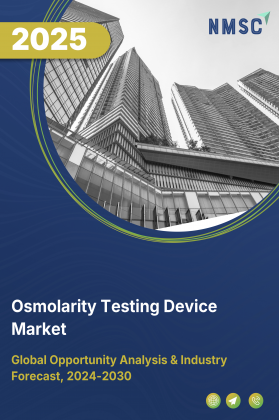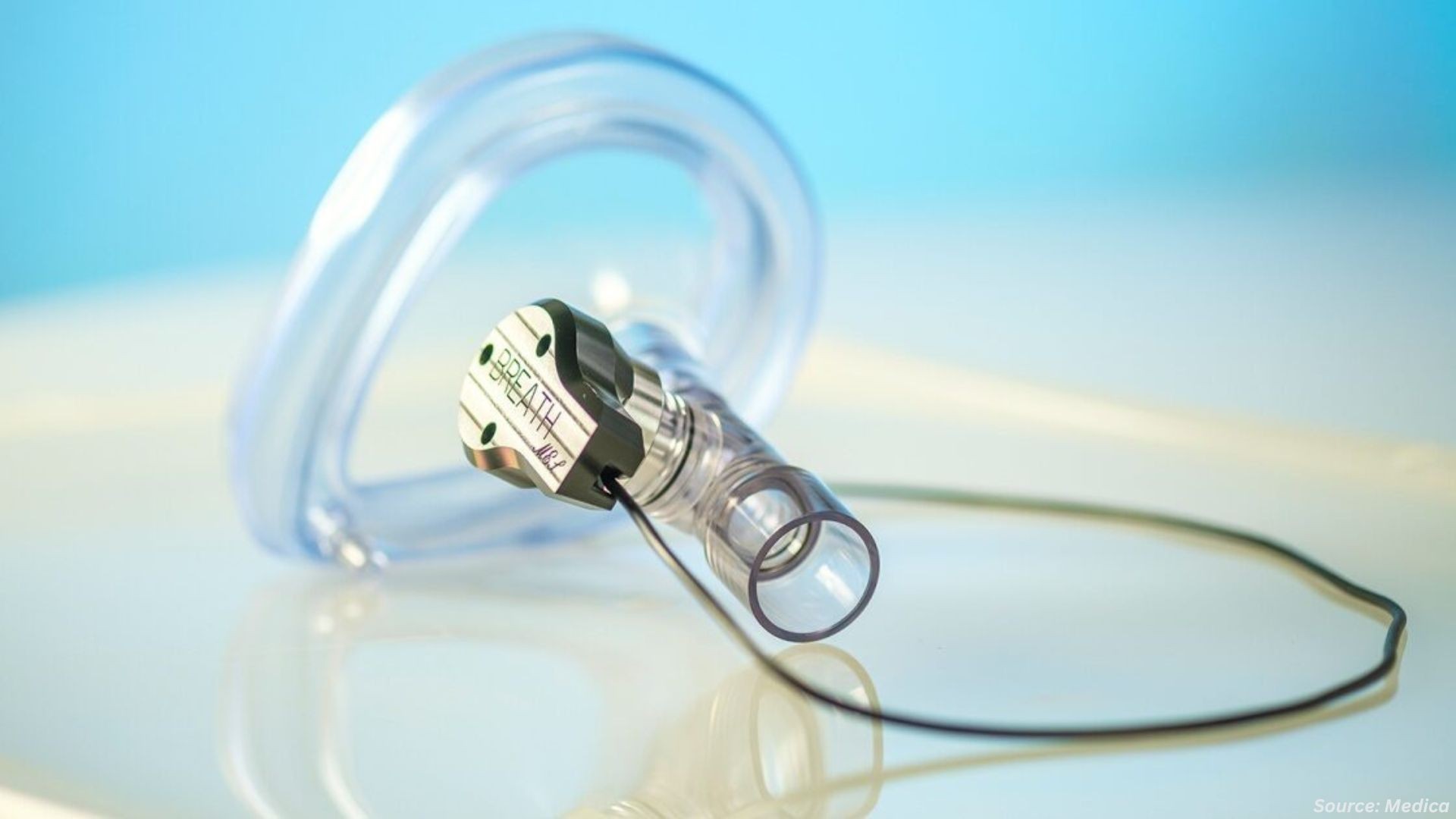
Microneedles Market by Type (Solid Microneedles, Hollow Microneedles, Dissolving Microneedles, Coated Microneedles, Hydrogel-Forming Microneedles), Configuration (Single-Needle Devices, Microneedle Arrays), Material (Silicon, Metal, Polymer, Ceramic, Glass, Composite), by Application (Drug Delivery, Cosmetics and Diagnostics), and by End-User (Healthcare, Homecare Settings, Research Institutions) – Global Opportunity Analysis and Industry Forecast 2025–2030
Industry Overview
The global Microneedles Market size was valued at USD 1.65 billion in 2024 with an estimation of USD 1.76 billion in 2025 and is predicted to reach USD 2.38 billion by 2030 with a CAGR of 6.3% from 2025-2030. The market is witnessing strong growth, driven by the rising prevalence of chronic diseases, increasing demand for minimally invasive cosmetic procedures, and expanding use in the tattoo industry.
Microneedles offer a patient-friendly alternative for drug delivery and aesthetic treatments, gaining traction in both healthcare and beauty sectors. The growing popularity of cosmetic tattoos further fuels innovation in microneedle design.
However, the market is restrained by complex regulatory frameworks that delay product approvals. Still, the integration of Micro-Electro-Mechanical Systems (MEMS) presents a key opportunity, enabling the development of smart, precise, and wearable microneedle technologies.
Growing Chronic Diseases Drives the Microneedles Market Growth
The escalating global prevalence of chronic diseases such as diabetes, cardiovascular disorders, and cancer has sharply increased the demand for safer, more efficient, dissolvable microneedles and patient-centric drug delivery solutions.
Microneedles, especially hollow and dissolving types, are emerging as transformative tools, enabling painless, self-administered treatments that enhance patient compliance and reduce dependency on traditional injections.
According to the World Health Organization in 2024, approximately 830 million people globally are living with diabetes, with over half lacking access to adequate treatment, primarily in low- and middle-income countries. This treatment gap highlights not just a public health crisis but an urgent need for decentralized, accessible technologies like microneedles that support home-based care, reduce healthcare infrastructure burdens, and mitigate treatment non-compliance.
Booming Cosmetic Industry Boosts Microneedles Market Expansion
The rapid growth of the global cosmetic and skincare sector is propelling the adoption of microneedle technology which are revolutionizing the delivery of aesthetic treatments. Microneedling has become a core technology in the skincare sector, widely embraced for applications such as skin rejuvenation, anti-aging, acne scar reduction, and enhanced topical drug delivery. The rising consumer demand for minimally invasive aesthetic treatments fuelled by greater awareness and endorsements from dermatologists and influencers, has accelerated its mainstream adoption.
According to the American Academy of Dermatology Association, 2024, acne is the most common skin condition in the United States, affecting up to 50 million Americans annually, while eczema impacts up to 1 in 5 children under the age of 18. This enormous and persistent global burden creates a significant opportunity for microneedle companies to deliver innovative, non-invasive skincare solutions that address both cosmetic and clinical skin concerns.
Tattoo Industry Catalyses Growth in Microneedles Technology
The tattoo industry is playing a pivotal role in accelerating the adoption of microneedle technology by pushing the microneedles market demand for more precise, less painful, and minimally invasive application methods. The rising popularity of cosmetic tattoos, such as semi-permanent makeup, is further expanding the scope of microneedle applications.
Regulatory Challenges Hinders Growth of the Market
Microneedle-based products, especially those used for drug delivery or cosmetic procedures, face stringent regulatory scrutiny to ensure patient safety and efficacy. Delays in product approvals, variations in global regulatory frameworks, and concerns about skin irritation or improper application limit the pace of innovation and commercialization in the market.
Introduction of Micro-Electro-Mechanical Systems Presents a Key Growth Opportunity for the Market
Micro-Electro-Mechanical Systems (MEMS) offers a key opportunity for the solid microneedles by enabling ultra-precise designs using materials like silicon or stainless steel. MEMS integration supports the development of smart, minimally invasive, and wearable diagnostic tools, aligning with the growing demand for personalized and digital healthcare solutions.
For example, a breakthrough in February 2025 by the Institute for Research on Next generation Semiconductor and Sensing Science (IRES²) at Toyohashi University of Technology demonstrated a µm-diameter microneedle electrode created using silicon-growth MEMS and mounted on a flexible substrate. This advancement underscores MEMS' pivotal role in enhancing microneedle functionality and accelerating their adoption in next-generation healthcare solutions.
Market Segmentation and Scope of the Study
The microneedles market report is comprehensively segmented based on type, configuration, material, application, end-user and region. By type, it includes solid microneedles, hollow microneedles, dissolving microneedles, coated microneedles, and hydrogel-forming microneedles. Based on configuration, the market is categorized into single-needle devices and microneedle arrays. In terms of material, microneedles are manufactured using silicon, metal, polymer, ceramic, glass, and composite materials.
The application segment covers drug delivery, cosmetics, and diagnostics, while the end-user segment comprises healthcare, homecare settings, and research institutions. This segmentation reflects the wide-ranging utility of microneedles across clinical, cosmetic, and analytical domains, supporting detailed regional insights across North America, Europe, Asia-Pacific, and the Rest of the World.
Geographical Analysis
The rising burden of chronic diseases, particularly diabetes, is significantly driving the demand for innovative and patient-friendly drug delivery solutions across North America. According to International Diabetes Federation (IDF, 2024), approximately 56 million adults in North America and the Caribbean are living with diabetes, reflecting a regional prevalence of 15.1%, the second-highest globally. In response to this escalating health crisis, diabetes-related healthcare spending in the region reached an estimated USD 438 billion in 2024, highlighting the urgent need for cost-effective, efficient, and minimally invasive treatment alternatives such as microneedles.
The rapid expansion of digital health infrastructure across the Asia-Pacific region presents a significant growth avenue for microneedle companies. As governments prioritize telemedicine and decentralized care, microneedles due to their minimally invasive, patient-friendly design, are well-positioned to support this shift. This push for tech-enabled care supports the adoption of microneedles, which align with goals for remote diagnostics, self-care, and integration into digital health systems.
Moreover, in the post-COVID-19 era, the European Union and WHO Europe have increased investments in mass immunization infrastructure and pandemic preparedness, driving demand for non-invasive vaccine delivery systems. Microneedle patches are emerging as a key solution due to their painless application, ease of use, and scalability. For example, the launch of the WHO European Immunization Agenda 2030 (EIA2030) in October 2024 reinforces this shift by promoting equitable, user-friendly vaccine technologies to improve coverage in underserved populations.
Furthermore, rising investments in pandemic preparedness are creating strong growth opportunities for microneedle technologies, particularly in Rest of world (Row) and low- and middle-income countries (LMICs). For instance, in October 2024, the World Bank’s Pandemic Fund introduced a third funding round of USD 500 million to strengthen disease surveillance, lab systems, and frontline health capacity across 37 countries. These efforts aim to improve early detection and rapid response, areas where microneedle-based diagnostics are especially valuable due to their minimally invasive, point-of-care functionality and ease of deployment in low-resource settings. Such large-scale investments are actively driving the adoption of microneedle technologies as a critical solution in global healthcare delivery.
Strategic Analysis by Key Companies
Key players in the microneedles industry are actively deploying strategic partnerships, advanced technology integration, and product diversification to strengthen their market share and meet evolving healthcare demands.
-
CosMED is expanding its global presence by strengthening its ODM cosmetics business through strategic partnerships with international brands across key markets, including China, Southeast Asia, the UAE, the US, the EU, Israel, and Russia.
-
In May 2024, Vaxxas achieved a key manufacturing milestone with the production of its 100th batch of needle-free high-density microarray patches (HD-MAP) at the Translational Research Institute in Australia. This achievement comes as the company prepares to transition operations to its newly established 5,500 m² biomedical facility in Brisbane, marking a significant step in scaling up its commercial manufacturing capabilities.
-
LTS Lohmann Therapie-Systeme AG, a leading microneedle technology provider, inaugurated a new semi-automated production line in May 2024 to scale up manufacturing of its Sorrel wearable drug-delivery platform. This expansion supports broader market rollout and strengthens LTS’s position in advanced transdermal and microneedle-based delivery systems.
-
In December 2024, Nissha presented lavender-scented dissolving microneedle patches at Cosme Tech Tokyo 2025, reinforcing microneedle adoption in premium cosmetic and skincare markets.
Key Benefits
-
The report provides quantitative analysis and estimations of the microneedles market from 2025 to 2030 and assists in identifying the prevailing industry opportunities.
-
The study comprises a deep-dive analysis of the current and future microneedles market trends to depict prevalent investment pockets in the market.
-
Information related to key drivers, restraints, and opportunities and their impact on the market is provided in the report.
-
The report includes a competitive analysis of the key players, highlighting their microneedles market share.
-
SWOT analysis and Porter's Five Forces model are elaborated in the study.
-
Value chain analysis in the market study provides a clear picture of the roles of stakeholders
Microneedles Market Key Segments
By Types
-
Solid Microneedles
-
Hollow Microneedles
-
Dissolving Microneedles
-
Coated Microneedles
-
Hydrogel -Forming Microneedles
By Configuration
-
Single‑Needle Devices
-
Microneedle Arrays
By Material
-
Silicon
-
Metal
-
Polymer
-
Ceramic
-
Glass
-
Composite
By Application
-
Drug Delivery
-
Therapeutic Delivery
-
Prophylactic/Immunological
-
-
Cosmetics
-
Anti‑aging
-
Acne & Scar Treatment
-
-
Diagnostics
By End- User
-
Healthcare
-
Homecare Settings
-
Research Institutions
Key Players
-
CosMED Pharmaceutical Co., Ltd.
-
Nanoscribe GmbH & Co. KG
-
Micropoint Technologies Pte Ltd
-
LTS Lohmann Therapie‑Systeme AG
-
Raphas Co., Ltd.
-
Micron Biomedical, Inc.
-
Micro Arrow Co., Ltd.
-
Anodyne Nanotech
-
Daejong Medical
-
Microneedle.tech
-
SkinJect
-
Protheragen
-
Microdermics Inc.
REPORT SCOPE AND SEGMENTATION:
|
Parameters |
Details |
|
Market Size in 2025 |
1.76 billion |
|
Revenue Forecast in 2030 |
2.38 billion |
|
Growth Rate |
6.3% |
|
Analysis Period |
2024–2030 |
|
Base Year Considered |
2024 |
|
Forecast Period |
2025–2030 |
|
Market Size Estimation |
Billion (USD) |
|
Growth Factors |
|
|
Countries Covered |
28 |
|
Companies Profiled |
15 |
|
Market Share |
Available for 10 companies |
|
Customization Scope |
Free customization (equivalent to up to 80 working hours of analysts) after purchase. Addition or alteration to country, regional, and segment scope. |
|
Pricing and Purchase Options |
Avail customized purchase options to meet your exact research needs. |

















 Speak to Our Analyst
Speak to Our Analyst

























